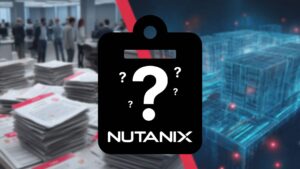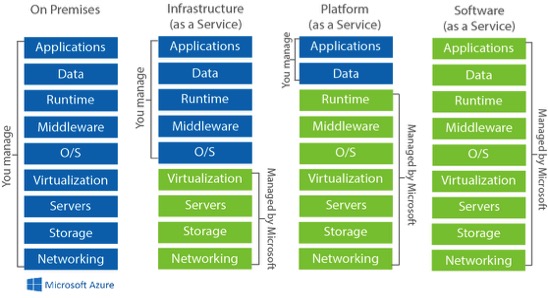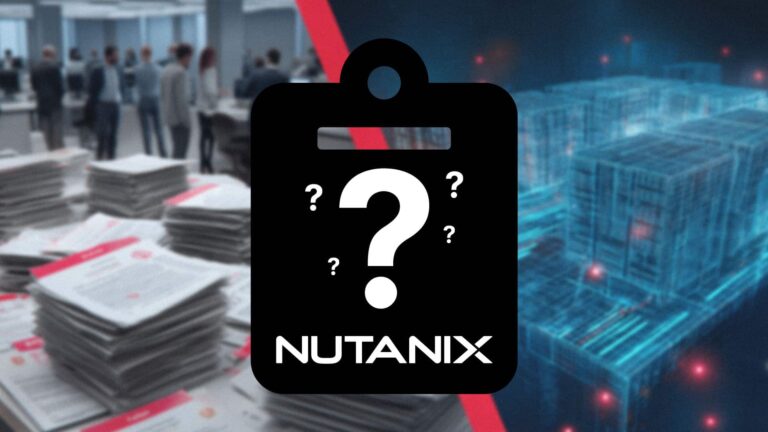Bob Lindquist – House of Brick Client Services Director; Jim Hannan – House of Brick Principal Architect; and Pete Schmitt – cStor CTO
Database Cloud – it is Real
Bob:
House of Brick has been the pioneer in database virtualization for over 12 years, particularly for Oracle and SQL Server platforms. It is interesting to watch the similar adoption curve for database cloud that we saw for database virtualization.
With predications of more than $16 billion in AWS revenues for Amazon this year, “Cloud” is real and represents an architecture option for companies who have embraced database virtualization.
Gartner currently estimates that Amazon represents 40% of the public cloud market, with Microsoft, Google and IBM together accounting for another 23%.[1]
With such public cloud growth and adoption, what does this mean for database cloud, Jim?
Jim:
Database cloud, as we have experienced with database virtualization, is slowly being adopted for select database use cases. Using public cloud options for application development is an obvious use case. Disaster recovery is another common use case we see with customers who already deployed a private cloud that incorporated database virtualization.
The key for customers considering integrating their private cloud with a public cloud service is to pilot database cloud. This includes not only testing database performance and scalability, but should also include validating if the database platform is even “cloud ready”.
Database Cloud is Possible
Bob:
Jim, when we say that a database platform is “cloud ready”, what does that specifically mean – do we have a checklist?
Jim:
That’s a great question, Bob – we got a lot of similar questions when database virtualization was being adopted.
The checklist items for “database cloud readiness” would include:
- Understand SLAs – customers really need to ensure that the SLA with the public cloud provider aligns with the SLA for their private cloud.
- Validate Migration Methodology – customers should have a well-developed and validated methodology for database cloud migrations, including which tools to use.
- Architect Public/Private Cloud Options – not all private cloud services need to be duplicated in the public cloud. Microsoft has a great diagram, shown below, which illustrates those services a customer may manage and those services that may be provided by a public cloud like Azure.
- Pilot Database Cloud – while many database workloads may work in a public cloud, that doesn’t mean the cloud offers the level of performance, scalability and manageability that you need.
- Confirm Database Cloud Licensing – knowing your database licensing options is as important for database cloud, if not more important, than for database virtualization. Licensing costs alone may prevent a customer from moving their databases to a public cloud service, and costs should be analyzed in detail.
Microsoft Azure Stack Model – Who Manages What?
Database Cloud is Licensable
Bob:
That’s a great checklist, Jim. As we’ve been saying, database cloud adoption has many similarities to the database virtualization adoption of the past. You mention database cloud licensing as a very important item on the checklist.
As I understand it, Microsoft provides the most “cloud-attractive” licensing for databases. I found the following from a Microsoft document on license mobility:
With License Mobility through Software Assurance, the application server licenses running in those virtual instances could be licensed under each individual customer’s Volume Licensing agreement as long as:
- You do not share the application with other customers, and
- The on-premises instance is no longer running
However, it is Oracle cloud licensing that frequently has many of my HoB customers confused.
First, many customers think that Oracle changes their licensing contracts all the time, which is just not true.
In fact, our CEO wrote an article last month with a legal firm where they reiterate “Your contract with Oracle is what matters.” (Click here to read the article, starting on page 4 of the NoCOUG journal.)
Second, Oracle has a “Cloud Policy” document, similar to their misunderstood “Partitioning Policy” document for virtualization, which gives options on how Oracle can be licensed for Amazon AWS and Microsoft Azure. However, it also includes a statement that “This document is for educational purposes only . . . and does not constitute a contract or a commitment to any specific terms.”
Lastly, many Oracle customers may think they are covered for database cloud licensing because they have a ULA. As you know, Jim, House of Brick recommends against ULAs for database licensing. Even more important, though, the opposite could be true and users may have a clause in their ULA that states their licenses cannot be used in a public cloud.
In most cases, I usually talk with customers about how they currently deploy database licenses in their private cloud. We can then validate if and how a similar “BYOL” approach may work when doing databases in a public cloud.
With all of this confusion, Jim, what are common first steps for database cloud you see when consulting with our customers?
Jim:
I would say that most of my consulting engagements for database, whether just virtual or cloud, start with a license assessment. It is important to understand the TCO and ROI for using databases in a private or public cloud.
It is also important to understand if database licensing can effectively be deployed in a public cloud. In some cases, the public cloud provider may not have the mechanisms to manage and report for hardware-based licensing when doing Bring Your Own License.
As I mentioned before, a pilot is a very important step to ensure the performance, scalability and manageability of databases in a cloud environment. This is where the architecture is validated as to what services for the database should be in the private or in the public cloud.
Bob:
One important thing we haven’t mentioned – VMware has announced a partnership with Amazon. Customers, after VMworld this month, should be able to work with a VMware partner like cStor to add a managed AWS service to their VMware Enterprise Agreement. Essentially, customers can add another vCenter to their environment that uses AWS & vSphere resources and is managed by VMware Corporate.
Jim:
Great point, Bob. For customers who’ve already deployed databases on VMware vSphere, the VMware/AWS announcement could be a game changer. I’m looking forward to consulting with customers to see how HoB can help them with database cloud as we have with database virtualization.
Pete:
Having partners like House of Brick enables cStor’s clients with technologies and services that can guide them on their digital transformation journey. So many businesses try to make their move to the cloud without having knowledge of how the underlying technologies (applications and databases) will behave from a licensing and performance perspective. As business requirements drive change from an IT perspective, our clients will have the advantage of our collective experience and knowledge to allow them to achieve their desired business outcomes.
[1] Source: Fortune – http://fortune.com/2017/06/15/gartner-cloud-rankings/?iid=sr-link4







